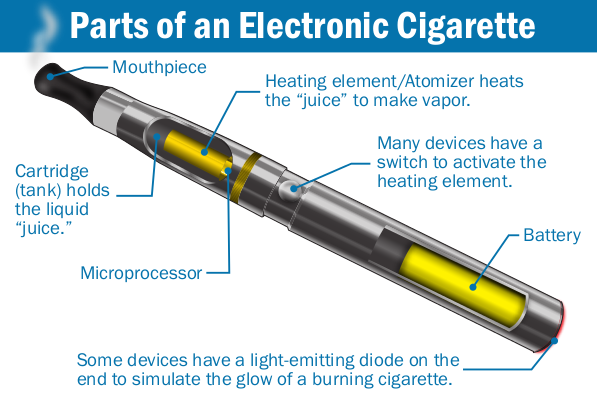The active ingredients in electronic cigarettes (e-cigarettes) are compounds that deliver pharmacological effects, primarily facilitating nicotine delivery and vapor production. These substances interact with the human body to mimic smoking sensations while posing specific health implications.
Primary Active Ingredients
- Nicotine: The core psychoactive substance, derived from tobacco leaves, which stimulates dopamine release in the brain, causing addiction and behavioral rewards. Concentrations vary but are often labeled per milliliter of e-liquid.
- Propylene Glycol (PG): A synthetic compound serving as a solvent for nicotine and flavorings. It produces a throat hit and efficient vapor formation through heating.
- Vegetable Glycerin (VG): A plant-based liquid that increases vapor density and smoothness. It helps bind ingredients but may affect inhalation efficiency at high levels.
Supporting Components
- Flavorings: Chemical additives like diacetyl or fruit esters that enhance taste but can degrade into harmful compounds when heated, potentially impacting respiratory health.
- Distilled Water or Ethanol: Used as diluents to adjust viscosity, ensuring consistent vaporization in the atomizer.
These components work within the e-cigarette’s device—comprising a battery-powered atomizer—to generate an aerosol inhaled by users. Regulatory scrutiny focuses on nicotine potency and potential toxin formation during vaporization.










